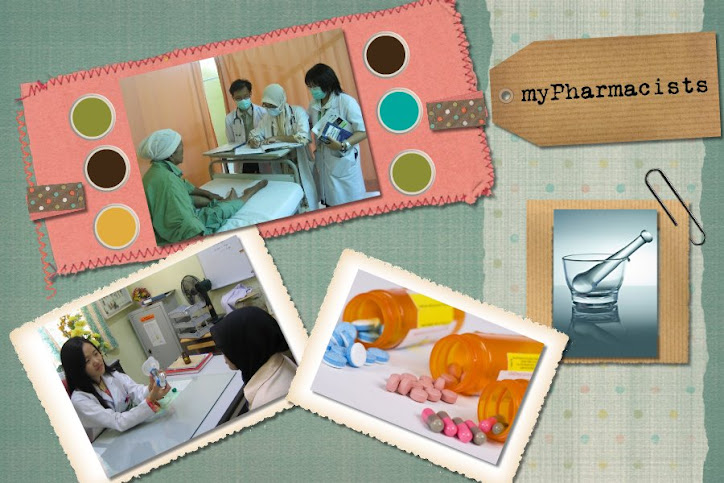Scenario
A nurse walks in the outpatient pharmacy carrying a written prescription for Combivir® [lamivudine/zidovudine 150 mg/300 mg] 1/1 OD and Metoclopramide. Worry is etched across her face as she tells the pharmacist her fear of post-exposure HIV from a percutaneous injury in the ward. The pharmacist tells her that the average risk for HIV transmission after percutaneous exposure to HIV-infected blood is estimated at only 0.3% and that treatment will further decrease the risk of infection when started within 72 hours.She took her meds and walked away. Relieved? I know not.
The situation above is a good example behind the fact that healthcare workers are constantly exposed to needle stick injuries which occurs all too often. Some sources report that nearly 1 million healthcare workers suffer needle stick injuries each year, increasing the risk for diseases such as Hepatitis B, Hepatitis C or worse, HIV. For that reason, post-exposure prophylaxis (PEP) should be made accesible to all healthcare workers to decrease the incidence of sero-conversion and HIV infection (by 79%).
Risk. Chances of infection varies with a calculated risk related to blood quantity. Increased risk for HIV infection is associated with exposure to larger quantities of blood from the source as indicated by the 1) blood-contaminated device, 2) a procedure that involved the needle being placed directly in a vein or artery or 3) depth of injury. The risk increases when the source is a terminally ill patient, possibly reflecting either a higher titre of HIV in blood late in the course of AIDS or other factors (e.g. the presence of syncytia-inducing strains of HIV). So, be careful.
Moving on to treatment, it is common to prescribe Combivir® on a once daily basis or Zidovudine (AZT, ZVD, Retrovir®) 300mg BD and Lamivudine (3TC, Epivir®) 300mg OD separately for PEP. The advantage behind this regime is that it is supported in a CDC case-control study to decrease the risk of occupational HIV transmission, the side effects (e.g. diarrhea, nausea, vomiting) are predictable and managable and it is safe for pregnant women. The disadvantage is, well, the side effects commonly occur (poor compliance) as well as prior viral resistance to this regime.
There are alternatives to this regime. One of them is the well-tolerated combination of Lamivudine 300mg OD and Stavudine (d4T, Zerit®) 40mg BD and also, the combination of Didanosine (ddl, Videx®) 400mg OD and Stavudine 40mg BD. The course of treatment is around 4 weeks.
In cases where exposure constitues a higher risk of transmission (e.g. larger volume of blood/ higher virus blood titer), Indinavir (Crixivan®) 800mg TDS may be added to a basic regime. In cases of intolerance to Indinavir, Efavirenz (Stocrin®) 600mg ON or Nelfinavir (Viracept®) 1250mg BD or Lopinavir/ Ritonavir (Kaletra® 100mg/25mg) three capsules BD.
Keep in mind that regimes may vary between physicians. In the event of exposure dear pharmacists, approach the nearest doctor or HIV specialist as soon as possible for treatment and evaluation. HIV-antibody testing should be performed for a least 6 months post exposure (6 weeks, 12 weeks then 6 months) along with drug-toxicity assessements (e.g. FBC, LFT and hyperglycemia when using a protease inhibtor).
Do your best to prevent secondary transmissions during the first 6-12 week period after exposure. This means abstain from sex, pregnancy and organ/ blood donations. Breastfeeding is not encouraged either. Remember, compliance towards the prescribed regime is important if you want to be HIV-free.
With reference to Consensus of Antiretroviral Treatment (Second Edition). Ministry of Health. Year 2001.






No comments:
Post a Comment